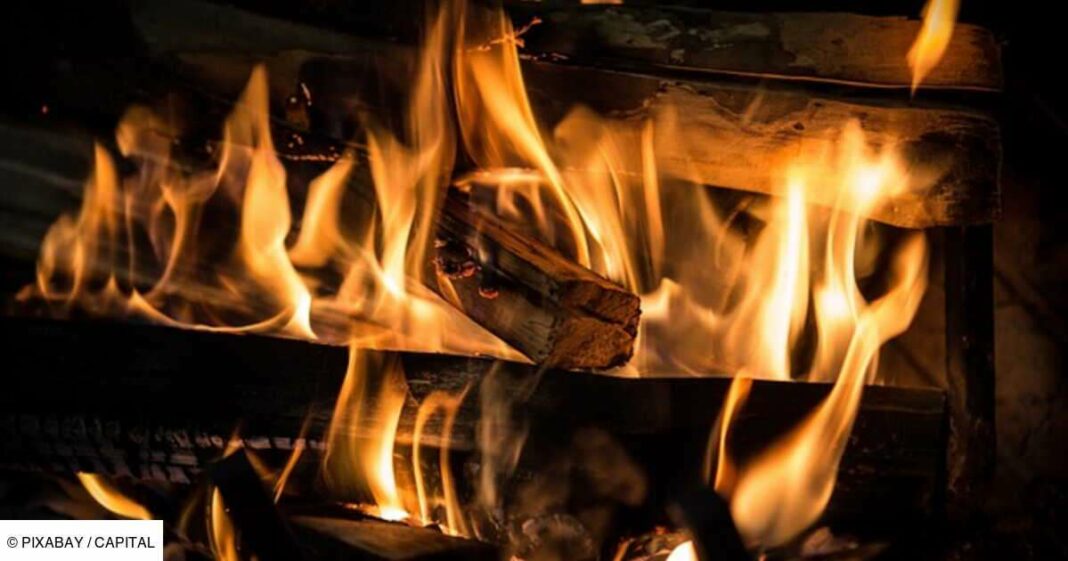Concerns have arisen regarding the biomass heating project in Sainte-Foy-lès-Lyon, criticized by the Beaunant Respire collective for its potential health, ecological, and financial impacts. As local opposition grows, experts warn of the health risks associated with wood heating, including toxic emissions and increased mortality from respiratory diseases. Despite being labeled renewable, wood combustion may release more CO2 than fossil fuels. Modern heating solutions and improved regulations are essential for a sustainable energy future.
Concerns Surrounding the Biomass Heating Project in Lyon
The biomass heating initiative in Sainte-Foy-lès-Lyon, particularly in the Beaunant district, has been met with strong criticism from the Beaunant Respire collective, who label it as a “health, ecological, and financial aberration.” Slated for completion by 2030, this ambitious project aims to create an extensive heating network that will serve around 25,000 homes across several municipalities in the western Lyon region, as reported by Le Figaro Lyon.
Public meetings have revealed growing opposition, fueled by local residents and advocacy groups who are alarmed about the potential health and environmental implications of such a facility. While the ecologist metropolis insists on leveraging advanced technologies and local wood to minimize pollution, skepticism persists, particularly regarding the emission of ultrafine particles and the associated health risks to nearby communities.
The Health Risks of Wood Heating
Once regarded as a natural and eco-friendly energy source, wood heating is now under scrutiny from numerous scientists. A collective of medical professionals and health organizations published findings in Libération, asserting that wood combustion releases toxic pollutants comparable to those emitted by diesel engines. These pollutants can infiltrate the body, posing risks not only to respiratory health but also to cardiovascular well-being and fetal development.
Furthermore, ultrafine particles—known for their toxicity—can bypass even the most sophisticated filters, as highlighted in discussions surrounding the Beaunant heating plant. In regions like Haute-Savoie, chimney fires are responsible for 70% of winter fine particle emissions, which significantly contribute to increased mortality rates linked to chronic conditions such as asthma, bronchitis, and heart disease. A study in the journal Environment International indicates that using wood stoves or fireplaces can elevate lung cancer risk by 43% in women. Suril Mehta, an epidemiologist at the U.S. National Institute of Environmental Health Sciences, explained to The Guardian that wood smoke contains hazardous substances like polycyclic aromatic hydrocarbons and benzene, which are highly carcinogenic when emitted in significant amounts during combustion.
The Environmental Impact of Wood Heating
Despite its classification as a renewable resource, wood can be a significant source of pollution when utilized as fuel. UFC-Que Choisir points out that emissions of fine particles and volatile organic compounds (VOCs) can surge dramatically when using wet or low-quality wood. To put things into perspective, a single day of burning in a chimney could release as many particles as a diesel vehicle covering 3,500 km.
The climate implications are profound as well. Contrary to the common belief in carbon neutrality, wood combustion can release more CO2 than fossil fuels like gas or oil, particularly when considering the forest regeneration cycles, as indicated by IPCC researchers cited in Libération. Disruptions in these cycles due to overconsumption can undermine the forests’ ability to absorb carbon effectively.
Evaluating Wood Heating Devices
Not all wood heating appliances are created equal. Modern options, such as pellet stoves or “Flamme Verte” certified boilers, emit significantly fewer pollutants than older models or open fireplaces. However, UFC-Que Choisir warns that standard testing may not accurately reflect real-world conditions, especially during critical phases like ignition and idling, where emissions can increase fivefold.
Cleaner alternatives include pellet boilers and mass stoves, while traditional fireplaces, which utilize only 15% of the wood’s energy for heating, are among the most polluting options available.
The Future of Wood as an Energy Source
The future role of wood as an energy source remains uncertain. In the short term, it is crucial to modernize heating equipment and enhance user education, alongside the necessity of regulatory measures. Key recommendations include:
- Utilizing modern and efficient devices that optimize combustion.
- Choosing dry wood with less than 20% moisture content to minimize emissions.
- Encouraging collective heating solutions, like the proposed Lyon project, provided they feature effective filtration and utilize locally sourced wood.
